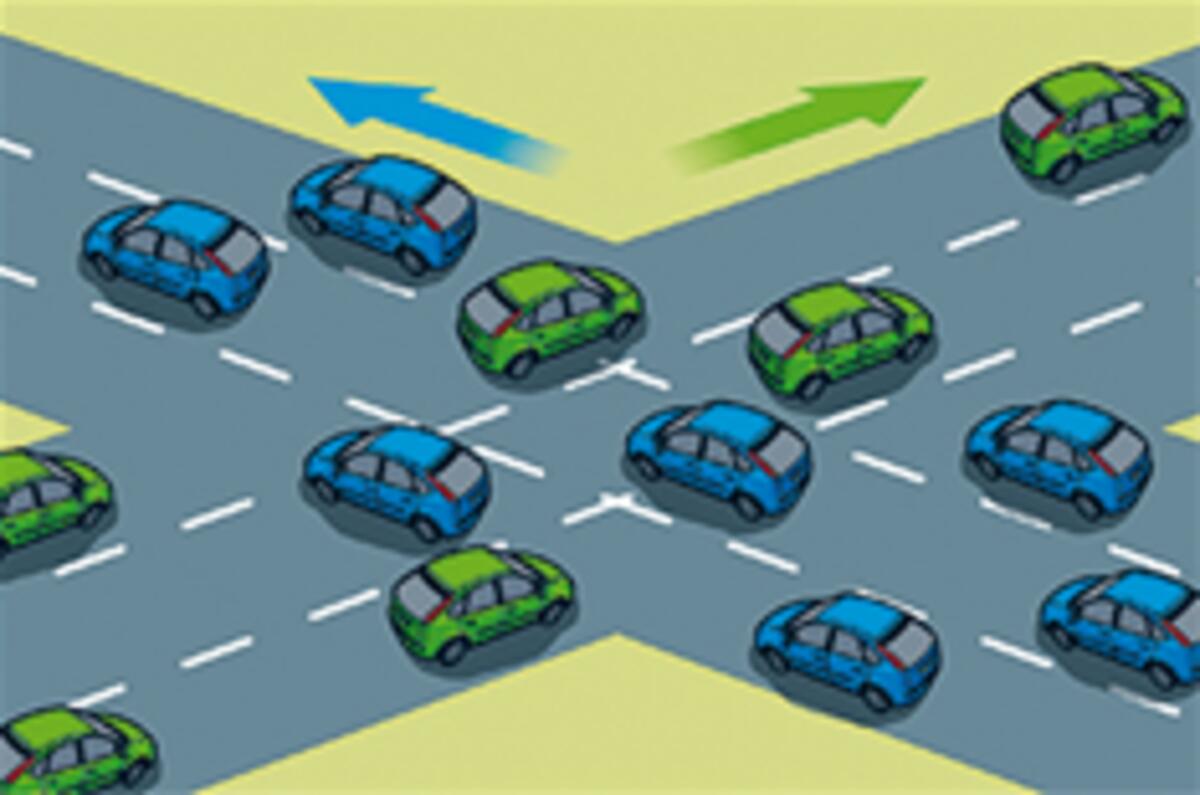The new test track being developed in the UK will be the beginning of a new wave of telematics technologies. These include car-to-car communications, controlled access to motorways and crash avoidance systems. Click on the links below to see how each technology will work.
PLATOONING
Vehicles are linked wirelessly on motorways through intelligent cruise control to avoid collisions. It’s one way of increasing the number of cars that can safely use motorways. Advance will work on the problem of getting vehicles to join and leave the ‘platoon’.
RAMP METERING
Controlling access to clogged-up motorways is already practised in some countries, like the US, using a simple barrier. The UK is looking at more advanced methods that direct cars away from junctions to avoid tail-backs.
CAR TO CAR COMMUNICATION
Vehicles driving in one direction tell oncoming cars about traffic and road conditions to warn of crashes and hold-ups, then GPS can re-route vehicles if necessary. Making the system work reliably is one of Advance’s targets.
INTELLIGENT CROSSINGS
The traffic control engineer’s holy grail: a junction with no traffic lights. Instead, cars talk to each other and roadside beacons to allow an orderly flow of cars through a junction. This could relegate road signs and traffic lights to the history books.
GPS SHIELDING
Advance’s city grid simulates the effect of tall buildings on GPS, which can reduce the number of visible satellites to one or zero, knocking out the signal. Advance will help manufacturers develop a solution to this growing global problem.
CRASH AVOIDANCE
If cars can talk reliably to each other, the chances of nose-to-tail pile-ups on motorways can be reduced. The theory is that the car at the front of a sudden braking manoeuvre can pass this info down a line of cars more reliably than the human eye.




Add your comment